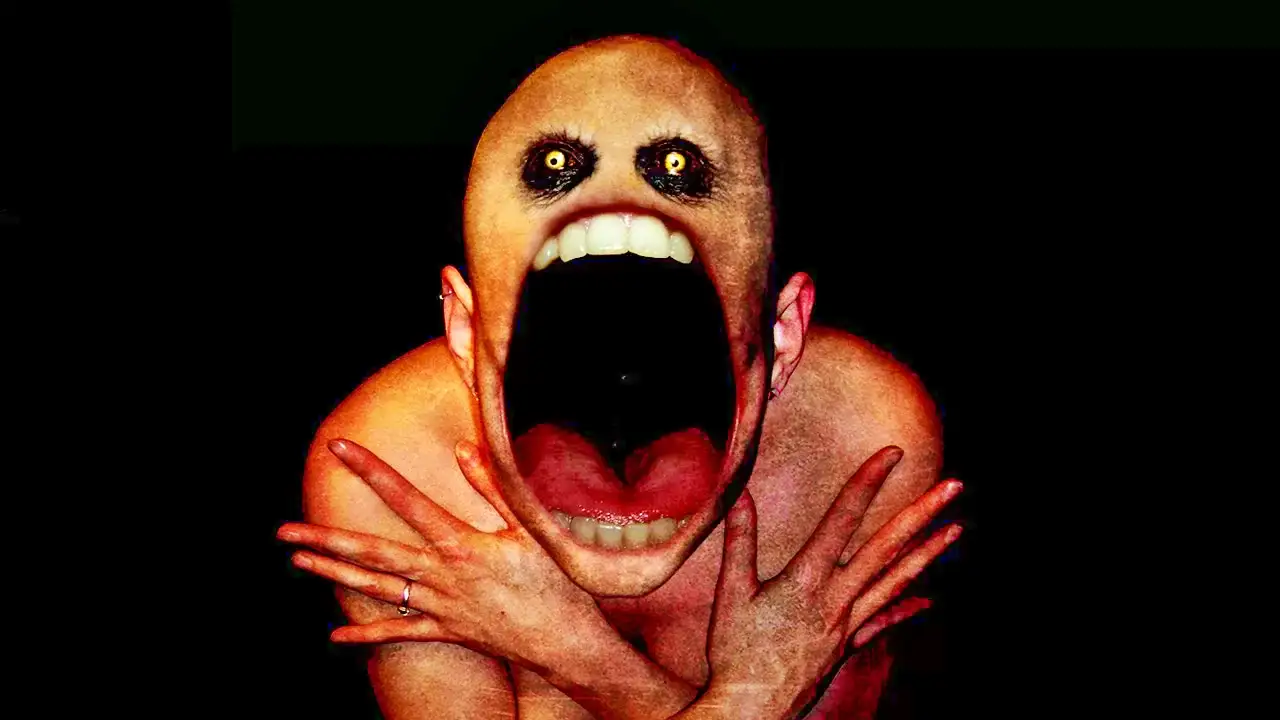.
.
Winner of the 2008 Best Picture award, chief amongst several, at the Australian Film Institute Awards: a middling slab of indie quirk (and Toni Collette’s in it too, a la Little Miss Sunshine). Like a lot of recent Aussie films (such as the druggie twofer Candy and Little Fish), this film’s main problem is that it’s material that already very, very tired – a study of a quirky family with a retarded member, and the social difficulties this constantly creates.
.
.
This is a film you’ve already seen a half-dozen times, and though director and co-writer Elissa Down (the other screenwriter was credited as “Jimmy The Exploder” – which only suggests to me that somebody’s been listening to The White Stripes too much) based it on her own family life, and displays some poise and skill as a director (aided by DOP Denson Baker’s glassy-crisp visuals), she can’t make up for the fact that the film is carefully buffed into homogeneity, and isn’t about anything. Tom Mollison (Rhys Wakefield) has some issues with being constantly embarrassed by his brother Charlie (Luke Ford), finally loses patience and has a fight with him; also has romance with impossibly gorgeous girl (Gemma Ward, armed with awesome mid-Pacific accent) in his swim class. That’s about it.
.
It’s oddly similar to last year’s Clubland (written – full disclosure – by a friend of mine), slicker and lighter in touch than that movie, but also less interesting. Down masters the cringe-inducing spectacle of Charlie going apeshit in various public fora, and then repeats endlessly. The acting is pretty good, though all of the cast come across as under-rehearsed in the early scenes: Collette doesn’t have much to do; Ford goes the full retard with gusto but can’t obscure that he is acting; Ward is surprisingly genuine and conjures a quality of sunny eccentricity for her character. But she has no business being in this type of film: her character is pure wish-fulfillment (odd in a film made by a woman). As Scott Foundas put it amusingly in the Village Voice, this wouldn’t have paid for the Botox budget on Australia. But if these represent the poles of ambition in Aussie cinema, no wonder it’s in such a hole.



















